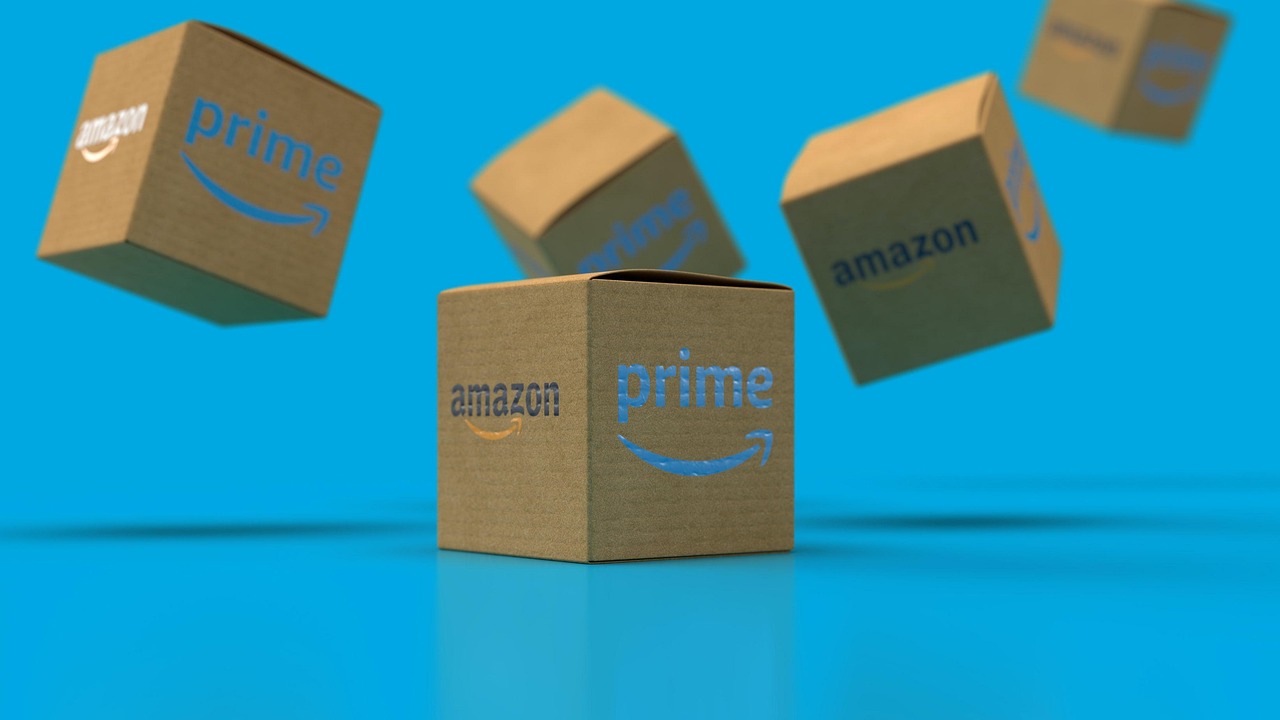Crafting a successful online business can feel like navigating a complex maze, but with the right tools and knowledge, you can transform your entrepreneurial dreams into reality. Shopify, a leading e-commerce platform, empowers individuals and businesses to create, manage, and grow their online stores with relative ease. This comprehensive guide dives deep into the world of Shopify stores, exploring everything from initial setup to advanced strategies for maximizing your sales and building a thriving brand.
What is Shopify and Why Choose It?
Shopify is a subscription-based software as a service (SaaS) platform that allows anyone to set up an online store and sell their products. It provides a range of tools and services for managing products, inventory, payments, and shipping, making it a one-stop-shop for e-commerce entrepreneurs.
Key Benefits of Using Shopify
- Ease of Use: Shopify’s intuitive interface makes it easy for beginners to set up and manage their stores, even without technical expertise. Drag-and-drop functionality simplifies customization, allowing you to create a visually appealing and user-friendly online storefront.
- Scalability: Shopify is designed to grow with your business. Whether you’re starting small with a few products or managing a large inventory, Shopify offers plans and features to accommodate your needs. You can easily upgrade your plan as your business expands.
- App Ecosystem: The Shopify App Store offers thousands of apps that extend the platform’s functionality. These apps can help with marketing, sales, customer service, and more, allowing you to tailor your store to your specific needs. For example, apps like Klaviyo integrate seamlessly for email marketing, while others offer advanced product filtering or social media integrations.
- Secure and Reliable: Shopify handles all the technical aspects of running an online store, including server maintenance, security updates, and payment processing. This ensures that your store is always online and secure, so you can focus on running your business. Shopify also offers PCI DSS Level 1 compliance, providing the highest level of security for your customers’ payment information.
- Payment Gateways: Shopify integrates with a wide range of payment gateways, including Shopify Payments (powered by Stripe), PayPal, Amazon Pay, and more. This gives your customers a variety of payment options, making it easier for them to complete their purchases.
- 24/7 Support: Shopify offers 24/7 customer support via phone, email, and chat. This ensures that you can get help whenever you need it, no matter what time of day or night.
Shopify vs. Other E-commerce Platforms
While other e-commerce platforms like WooCommerce, Magento, and Wix exist, Shopify often stands out due to its user-friendliness and comprehensive features.
- WooCommerce: Requires technical knowledge to set up and maintain, as it’s a plugin for WordPress. Offers more customization but requires more effort.
- Magento: A powerful platform for large enterprises, but it’s complex and expensive to manage.
- Wix: Simpler than Shopify, but less scalable and offers fewer features for e-commerce.
Shopify provides a balanced approach, offering ease of use, scalability, and a wide range of features, making it a popular choice for businesses of all sizes.
Setting Up Your Shopify Store: A Step-by-Step Guide
Creating your Shopify store involves several crucial steps, from choosing the right plan to customizing your store’s appearance.
Choosing a Shopify Plan
Shopify offers different pricing plans to suit various business needs. As of October 2024, these plans typically include:
- Basic Shopify: Ideal for new businesses. Offers essential features for selling online.
- Shopify: Suitable for growing businesses with more advanced reporting and lower transaction fees.
- Advanced Shopify: Designed for larger businesses needing advanced reporting and third-party calculated shipping rates.
- Shopify Plus: A customizable enterprise-level solution for high-volume businesses.
Carefully evaluate your business needs and budget before choosing a plan. Consider factors like the number of products you sell, your sales volume, and the features you require.
Selecting a Theme
Your store’s theme is crucial for creating a visually appealing and user-friendly online storefront.
- Free Themes: Shopify offers a selection of free themes that are a great option for businesses on a budget. These themes are typically simpler and offer fewer customization options.
- Premium Themes: Premium themes, available through the Shopify Theme Store or third-party developers, offer more advanced features, customization options, and design elements. These themes often provide a more professional and unique look for your store.
When choosing a theme, consider your brand’s aesthetic, the type of products you sell, and the overall user experience. Ensure the theme is mobile-responsive and optimized for conversions.
Adding Products
Adding products to your Shopify store is a straightforward process.
- Product Details: Include high-quality product images, detailed descriptions, and accurate pricing. Optimize your product descriptions with relevant keywords to improve search engine visibility.
- Inventory Management: Shopify’s inventory management system allows you to track your stock levels and receive alerts when your inventory is low. This helps you avoid overselling and ensures that you can fulfill orders promptly.
- Product Variations: If your products come in different sizes, colors, or styles, create product variations to allow customers to choose their preferred options.
Setting Up Payment Gateways and Shipping
Configuring payment gateways and shipping options is essential for a smooth checkout process.
- Payment Gateways: Choose payment gateways that are popular with your target audience. Shopify Payments is a convenient option, but also consider offering alternatives like PayPal, Amazon Pay, and other local payment methods.
- Shipping Rates: Set up accurate shipping rates based on weight, destination, or order value. Consider offering free shipping on orders above a certain amount to incentivize purchases.
- Shipping Carriers: Integrate with shipping carriers like USPS, FedEx, and UPS to automate the shipping process and provide real-time tracking information to your customers.
Optimizing Your Shopify Store for Sales
Once your store is set up, it’s time to optimize it for sales and conversions.
Search Engine Optimization (SEO)
SEO is crucial for driving organic traffic to your Shopify store.
- Keyword Research: Identify relevant keywords that your target audience is searching for. Use these keywords in your product titles, descriptions, and meta tags.
- On-Page Optimization: Optimize your website’s content, including product pages, blog posts, and category pages, with relevant keywords. Ensure your website is mobile-friendly and loads quickly.
- Off-Page Optimization: Build high-quality backlinks from other websites to improve your website’s authority and search engine ranking.
Conversion Rate Optimization (CRO)
CRO focuses on improving the percentage of visitors who complete a purchase.
- Website Design: Ensure your website is visually appealing, easy to navigate, and mobile-responsive. Use high-quality product images and clear calls to action.
- Customer Reviews: Encourage customers to leave reviews to build trust and social proof. Display customer reviews prominently on your product pages.
- Checkout Process: Simplify the checkout process to minimize cart abandonment. Offer guest checkout, multiple payment options, and clear shipping information.
- A/B Testing: Experiment with different website elements, such as headlines, images, and calls to action, to identify what works best for your audience.
Email Marketing
Email marketing is a powerful tool for engaging with customers and driving repeat sales.
- Email List Building: Offer incentives, such as discounts or free shipping, to encourage visitors to sign up for your email list.
- Email Segmentation: Segment your email list based on customer demographics, purchase history, and behavior. This allows you to send targeted emails that are more relevant to each segment.
- Email Campaigns: Create automated email campaigns for welcome emails, abandoned cart emails, and post-purchase emails. Send regular newsletters to promote new products, sales, and promotions. Example: A targeted email to past buyers of running shoes highlighting new models with improved cushioning.
Marketing Your Shopify Store
Attracting customers to your Shopify store requires a comprehensive marketing strategy.
Social Media Marketing
Social media is a powerful platform for reaching your target audience and building brand awareness.
- Choose the Right Platforms: Focus on the social media platforms that your target audience uses most. Common platforms include Facebook, Instagram, Twitter, Pinterest, and TikTok.
- Create Engaging Content: Share high-quality content that is relevant to your audience, such as product photos, videos, blog posts, and behind-the-scenes glimpses.
- Run Targeted Ads: Use social media advertising to reach a wider audience and target specific demographics, interests, and behaviors.
Paid Advertising
Paid advertising, such as Google Ads, can drive targeted traffic to your Shopify store.
- Google Ads: Use Google Ads to target customers who are searching for products like yours. Create compelling ad copy and target relevant keywords.
- Retargeting Ads: Use retargeting ads to reach visitors who have previously visited your website but did not make a purchase.
Content Marketing
Content marketing involves creating and distributing valuable content to attract and engage your target audience.
- Blog Posts: Write informative and engaging blog posts that are relevant to your industry and your target audience. Optimize your blog posts for search engines.
- Videos: Create videos that showcase your products, provide tutorials, or share customer testimonials.
- Infographics: Create visually appealing infographics that present complex information in an easy-to-understand format.
Conclusion
Creating and managing a successful Shopify store requires careful planning, execution, and ongoing optimization. By understanding the platform’s features, setting up your store correctly, optimizing it for sales, and implementing a comprehensive marketing strategy, you can build a thriving online business and achieve your entrepreneurial goals. Remember to stay adaptable, monitor your performance, and continuously refine your strategies to stay ahead of the competition. With dedication and the right approach, your Shopify store can become a powerful engine for growth and success.




